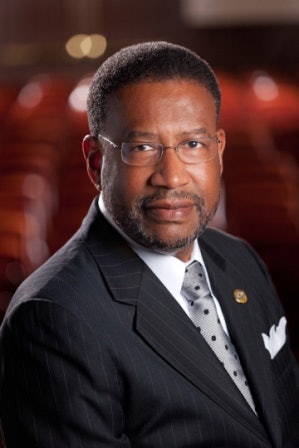
Most students, however, won’t be so lucky. The effect of tightened lending standards has been both far-reaching and devastating across the U.S., particularly in minority communities. Some 144,000 African-American students across the country, 28,000 of them attending Historically Black Colleges and Universities (HBCUs), have felt the brunt of the Parent Plus changes. The ramifications for their future—and for our collective future as a nation—should sound an alarm.
Here’s why: by 2043, the U.S. is projected to become a majority-minority nation for the first time. While the non-Hispanic white population will remain the largest single group, no group will make up a majority. As our nation becomes more diverse, so does the college-bound population. According to the 2013 Multicultural Economy report released by the University of Georgia, “ethnic and racial minorities have attained buying power at a faster rate than their White counterparts.”
In light of these trends, it is critical that we educate this emerging new majority of students so they can gain the skills necessary for attaining higher paying, more stable jobs and build a life unburdened by chronic financial hardship.
Let’s face it: the ability to finance students’ education is not simply a springboard to their personal success; it is also essential for moving our economy forward and remaining competitive in the global marketplace over the long term. That’s why changes in PPL lending standards are so dangerously short sighted.
In their push to align government lending standards more closely with those imposed by banks to ease high default rates, policymakers have enacted more stringent credit review of these loans. As a result, we are seeing a larger number of parents who no longer qualify. And like Christian’s, many of these families include first-generation college-bound students.
For example, in the 2012-2013 academic year, 27 percent of applicants at United Negro College Fund (UNCF) member institutions were approved for PPL loans. A preliminary analysis conducted by UNCF shows that, in 2013-2014, the number had dropped to a paltry 7 percent.















